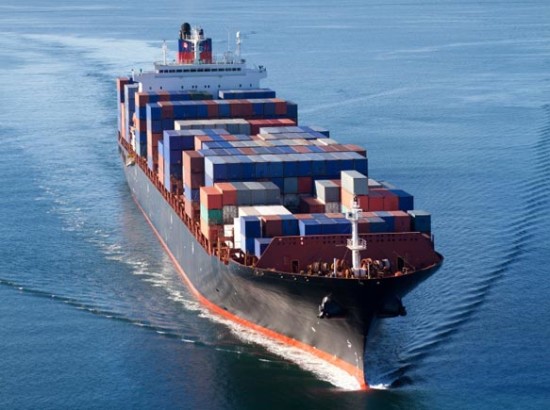
The global container shipping market is expected to stay on a recovery course this year with demand growth predicted to outpace supply growth, according to Yang Ming Marine Transport Corp chairman Bronson Hsieh.
Despite continuing uncertainties in the global economy, Hsieh believes that the container shipping market has hit rock-bottom and prospects for this year will improve, though he remains cautiously optimistic.
Hsieh, in an interview to the Chinese media, predicts that demand growth will outpace supply growth this year, though there is a challenge of an anticipated higher bunker fuel prices.
He expects global container capacity to grow 3.2% this year while shipping demand will grow 3.8% compared to last year, allowing the market supply and demand to be more balanced and a rebound from last year. Yang Ming’s expectations of container market growth exceed those of the largest container line which last week forecast 1 – 3% growth for 2019.
Bunker fuel prices, however, are not expected to paint a good picture. With crude oil prices forecast to average at around $65 per barrel this year, Hsieh expects bunker fuel prices to hover around $430-440 per metric tonne (pmt), or at least below $450 pmt.
Hsieh’s estimation points to higher fuel prices this year as bunker fuel prices were recorded at an average of $400 pmt in 2018, already higher compared to $300 pmt in 2017. Yang Ming’s bottom line was hit in 2018 due to an additional $200m in bunker fuel cost over the previous year.
Despite potentially higher bunker prices, Hsieh said that as long as price volatility is kept to a minimum, the stability will allow shipping company to control its costs. Moreover, oil prices cannot go too low as that would indicate a slowing economy overall.
Hsieh recalled that 2018 had been a “difficult year” for container shipping and he is hoping that the market is passed its trough, though a strong recovery is not yet in sight.
According to Alphaliner data, the container shipping market in 2018 saw capacity growth outpaced demand growth at 5.7% and 4.4% respectively, worsening the already oversupplied market.
Looking into 2019, geopolitical uncertainties such as Brexit and the China-US trade war would impact the shipping market, Hsieh noted.
However the biggest impact on the shipping market would be the upcoming IMO 2020 fuel sulphur cap regulation. Shipowners largely can opt to directly burn the 0.5% compliant fuel or install scrubbers so as to continue using 3.5% sulphur content fuel. Hsieh said that no matter which method of compliance a shipping company chooses, operating cost is bound to increase.
The upside of the impact of the IMO regulation is that capacity supply is expected to deflate at a quicker pace as those less energy efficient elderly vessels would be forced to exit the market sooner, he said.
Ultimately, whether a shipping company can make profit has always been closely linked to market supply and demand, and from this perspective Hsieh believes that this year presents a more optimistic scenario.
But he also pointed out that supply and demand will keep changing in line with market developments, and his prediction is as good as anybody’s guess.